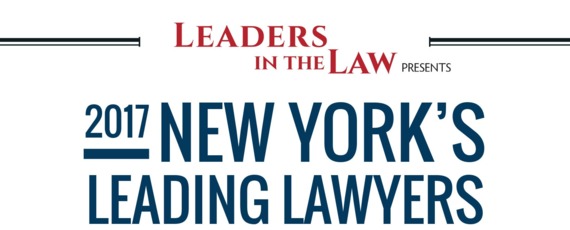
Any excessive use of force by police officers is unlawful and could result in a viable civil rights lawsuit. However, there is no simple definition for excessive force.
If you are the victim of police brutality, you could be entitled to pursue a civil rights lawsuit against the city. If successful, you could secure compensation for the violation of your rights. This is often the best way to hold police accountable for the use of excessive force. A New York civil rights attorney could evaluate your case and advise you on your options.
The use of force continuum
Law enforcement recognizes the “use of force continuum.” This term describes the various degrees of force the police could use in any given circumstance. This continuum is effectively a sliding scale that an officer must choose from when dealing with conflict. As a conflict escalates or deescalates, the police can move up or down on this continuum as necessary—including:
- Officer presence. The mere presence of a police officer is a tool used to deescalate conflicts or deter crime. On this step of the continuum, there is no force used whatsoever.
- Verbalization. Verbalization involves the officer using only their words to diffuse a situation. Physical force is not used at this point.
- Empty-Hand Control. This is the lowest level of physical force available to the police. This term describes an officer who uses physical force to seize control of a situation. It could involve either grappling with a suspect or striking them, depending on the circumstances.
- Non-Lethal Force. There are types of non-lethal force that are more extreme than empty-hand control. Some examples include pepper spray, tear gas, tasers, or the use of blunt force impact to cause non-lethal injuries.
- Lethal Force. The highest level of force is lethal force. The police may only use deadly force when officers face a serious threat to themselves or someone else.
It is important to remember that an officer could go through this continuum in a matter of seconds. It is not uncommon for officers to go from merely being present to using lethal force immediately.
Understanding excessive force
Any use of force by the police that exceeds what is necessary to diffuse a situation, make an arrest, or apprehend a suspect is illegal. There are many examples of this. Any physical act intended to harm a person as opposed to apprehend them is an example. Other examples include:
- Hitting or kicking a suspect in the face
- Shooting an unarmed suspect
- Using pepper spray on a subdued individual
- Using illegal choke-holds
- Beating a suspect after handcuffing them
There is no clear-cut definition of excessive force under the law. For that reason, each case is treated differently depending on the specific facts. A police brutality lawyer can advise you on whether the force used against you was excessive.
Qualified immunity
One of the unique factors in police brutality cases is a legal concept known as qualified immunity. It is a legal doctrine that protects certain government officials from personal liability for constitutional violations. Qualified immunity is not limitless, however. It will not protect the police from constitutional violations that result from violations of clearly established law. This issue is subjective, but your attorney could advise you on the impact this might have on your case.
Contact us for a free consultation
If you have suffered excessive force at the hands of the police, you could have a viable legal claim against the government. The attorneys of Friedman, Levy, Goldfarb, Green & Bagley, P.C. are here to advocate on your behalf. Contact us right away for your private consultation.






